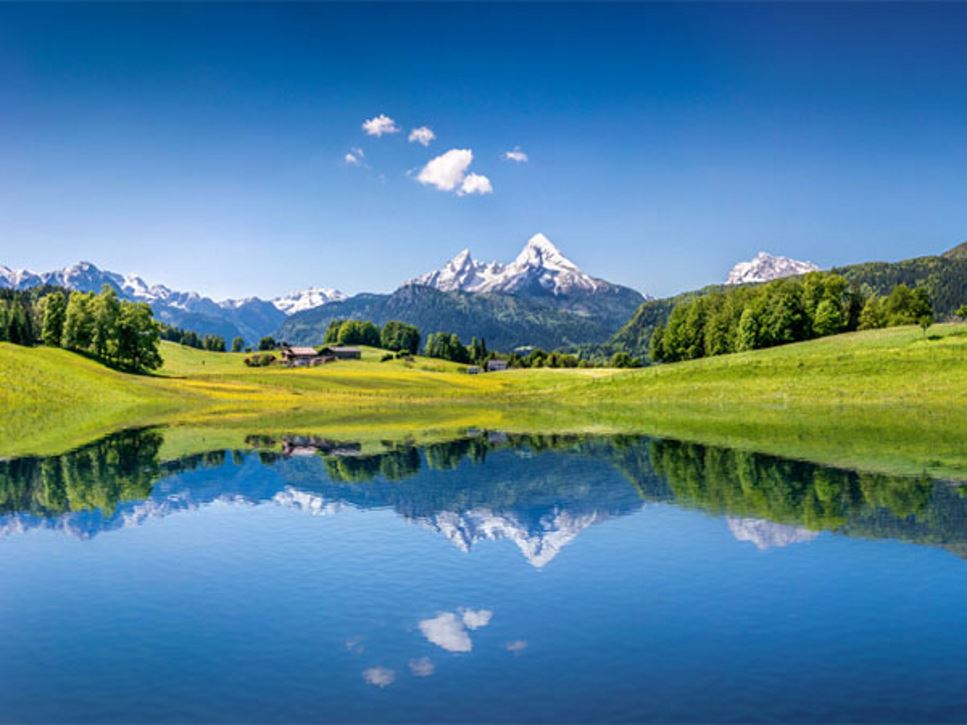Time and temperature are key factors when cooking at a high altitude. As elevation increases, the atmospheric pressure decreases, or becomes thinner. The atmosphere becomes drier and liquids evaporate more rapidly. These atmospheric changes also affect cooking.
High altitude is defined as an elevation of 3,000 feet or more above sea level. Even at elevations of 2,000 feet, the temperature of boiling water changes from the standard 212°F at sea level to 208°F.
Boiling or simmering foods at high altitude means lower temperatures and longer cooking times. Ensure your food is cooked long enough yet stays moist and full of flavor with these four tips.
Add a Quarter
Moist heating methods for meat and poultry, such as boiling, simmering or braising, will take up to 25% longer to cook. For example, if you are simmering a roast at 325°F and it would usually take two hours to cook at sea level, that same roast cooked at high altitudes at 325°F would require 2½ hours of cook time.
Increase Cook Time, Not Heat
Hiking up the temperature while boiling foods will not cook food faster. The liquid will simply boil away more quickly and food will dry out. The temperature of a boiling liquid cannot exceed its own boiling point, except when using a pressure cooker. Instead, increase the cook time.
Cover Your Food
Retain moisture in meat and poultry products, or any boiled food, by tightly covering the pan during cooking. To continue to keep food moist, cover dishes after cooking.
Use a Food Thermometer
To avoid undercooking or overcooking meat, poultry and leftovers, especially in a high-altitude environment, use a food thermometer to confirm internal temperature.
High altitude influences all forms of cooking from using a fryer, pressure cooker or wok to microwaving foods. Consult the USDA Food Safety and Inspection Service's guidelines for safe cooking at high altitudes for specific instructions for various methods of cooking.
References
Find a Nutrition Expert
Looking for credible nutrition information and recommendations? The Academy of Nutrition and Dietetics' network of credentialed food and nutrition practitioners are ready to help!

